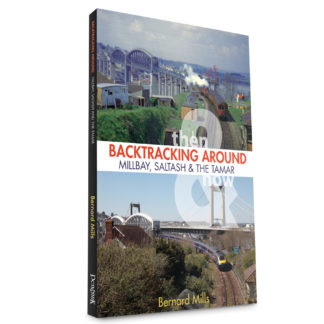Haydon Grove and Reynolds Grove sit side by side in St Budeaux. Both are famous British artists, and both were born and went to school in Plymouth.
Benjamin Haydon was arrived in the world in 1786, his father was a book printer and seller and in his early years, working in his father’s shop, Haydon was taught to draw by an Italian named Fenzi, a foreman in his father’s bookbinding department. It is Fenzi who is said to have imbued Haydon with the historical perspective that dominated his work. After receiving further tuition from Ambrose Johns and Samuel Prout, Haydon was sent to London, in 1804. His first work, ‘Joseph and Mary on the road to Egypt’ was sent to the Royal Academy three years later and sold straight away. In 1810 Haydon sought admission to the Royal Academy, but was rejected, however he was recognised by the Imperial Academy of St Petersberg and the Italian Academy and in 1814, at the age of twenty-eight, he given the Freedom of Plymouth.
His epic paintings won him much acclaim, however his career was far from easy and at one point he was imprisoned for debt. Various works rest in the world’s finest galleries, however after painting the Reform Banquet for Lord Grey he had hoped to contribute to the decorating of the House of Lords. Spurned, he soon afterwards (in 1846) shot himself in front of his two rejected sketches. His posthumously published Autobiography (1847) is a fascinating account of the man and his aspirations and his peers and what he thought of them.


